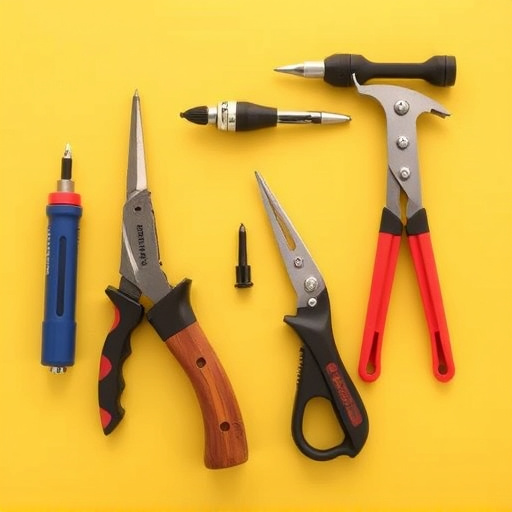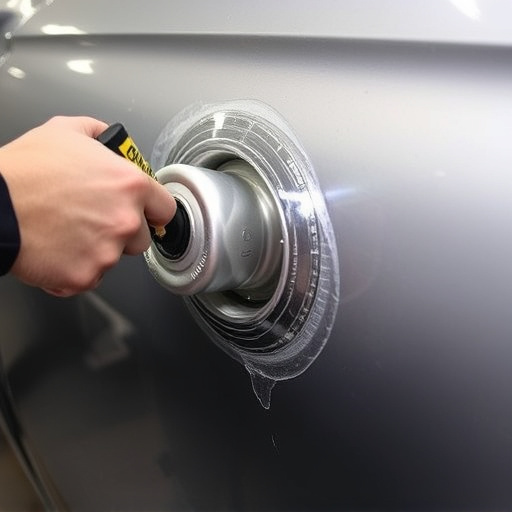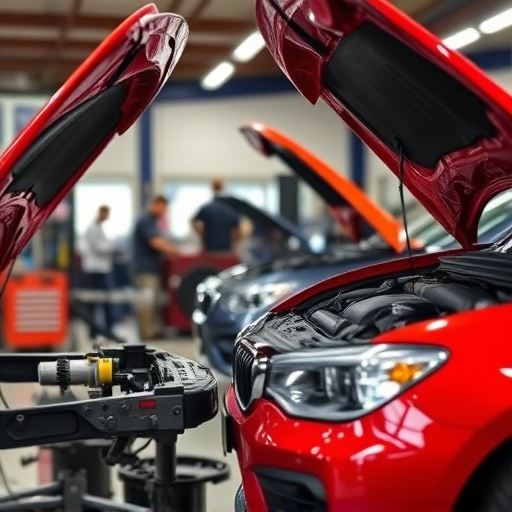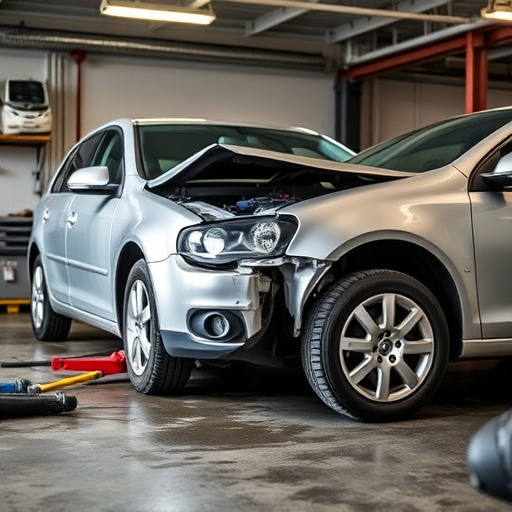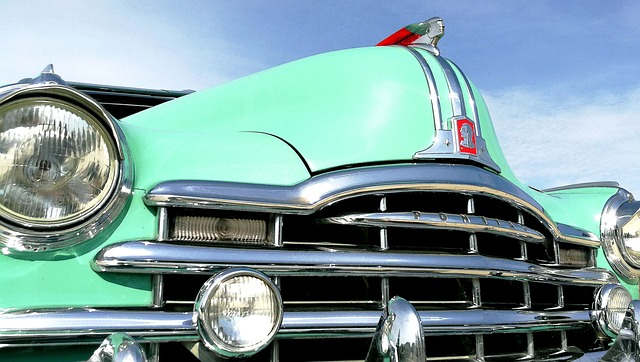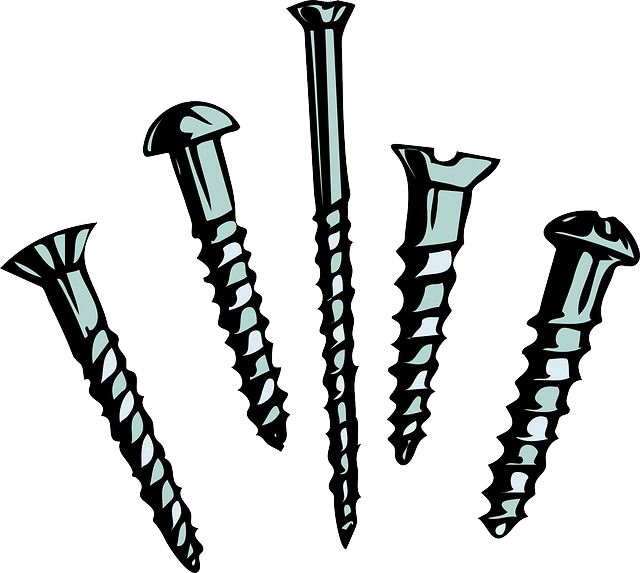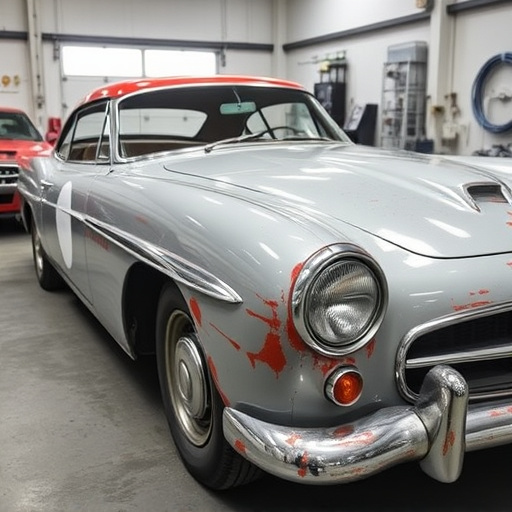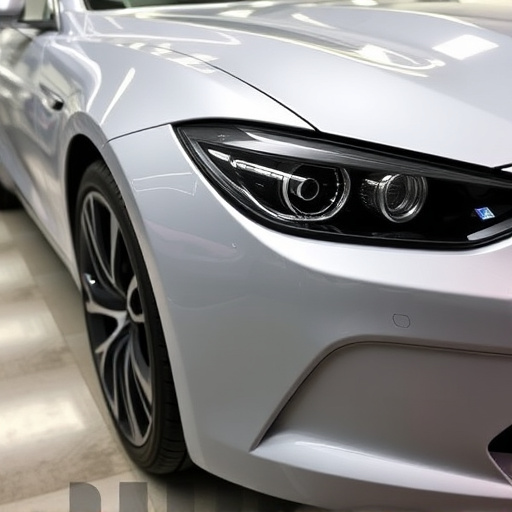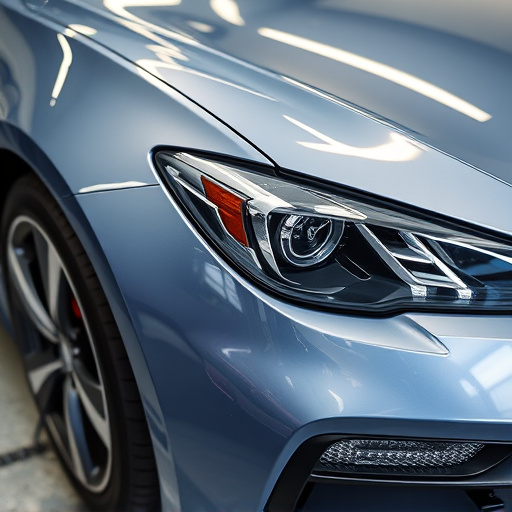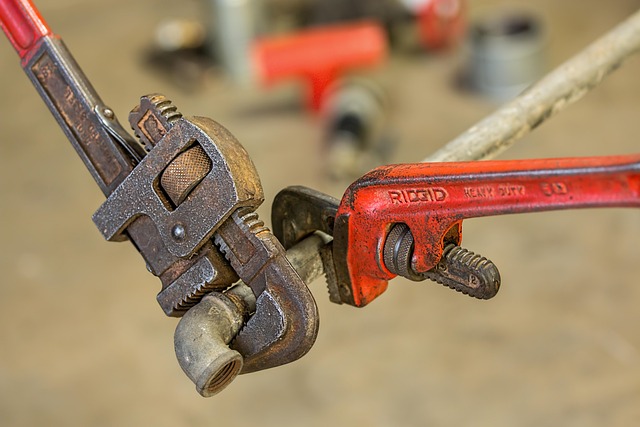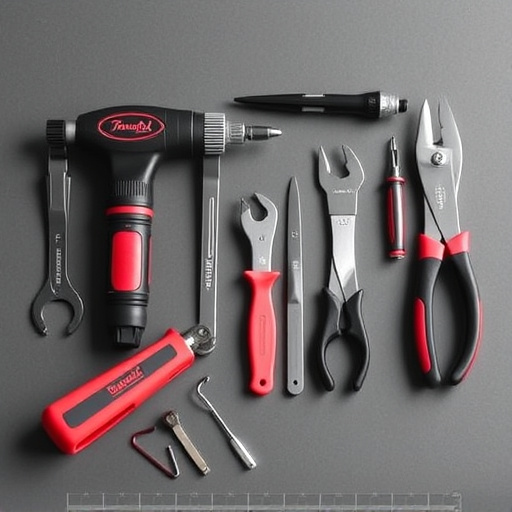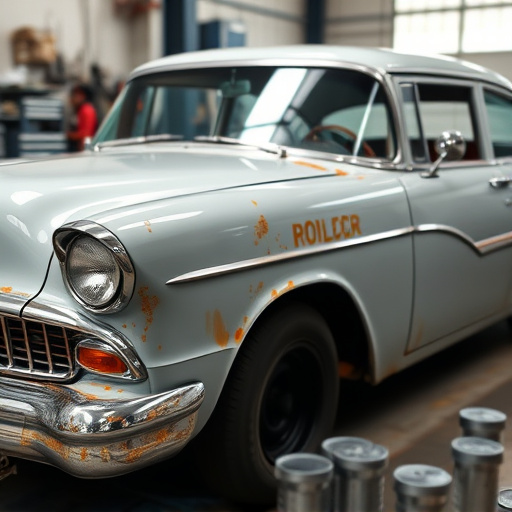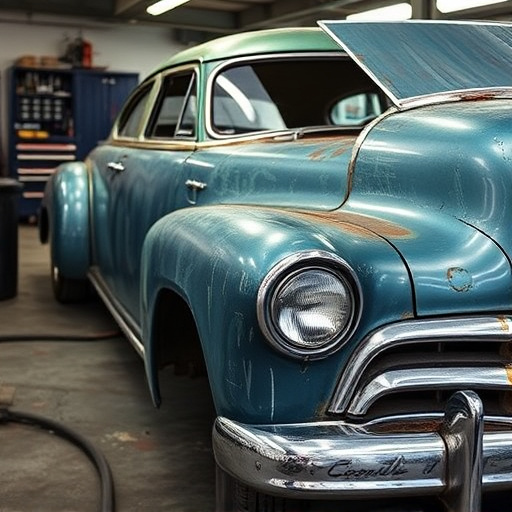Hail damage poses significant challenges for vehicle owners, but adopting eco-friendly solutions like Paintless Dent Repair (PDR) offers a global trend in collision centers. PDR minimizes environmental impact by repairing dents and dings without painting or replacing bodywork, reducing waste, resources, and harmful chemicals. This method preserves the original factory finish, conserves resources, and protects air and water quality, making PDR an economically and ecologically sound choice for hail damage repairs.
In regions prone to severe weather, hail damage is a common concern for vehicle owners. Traditional repair methods often involve resource-intensive processes with environmental implications. However, eco-friendly solutions like Paintless Damage Repair (PDR) offer a sustainable alternative for addressing hail damage. This article explores the intersection of PDR and ecological consciousness, delving into how these innovative techniques minimize environmental impact while restoring vehicles to their pre-damaged condition, making them an attractive option for environmentally-aware consumers.
- Understanding Hail Damage: An Eco-Conscious Approach
- PDR Techniques: Minimizing Impact on the Environment
- The Benefits of Green Repair Methods for Hail-Damaged Vehicles
Understanding Hail Damage: An Eco-Conscious Approach
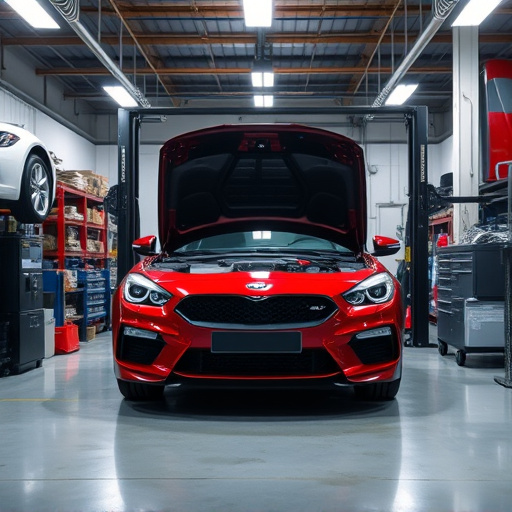
Hail damage can be a significant concern for vehicle owners, especially those living in regions prone to severe weather conditions. Understanding the impact of hail on vehicle bodywork is the first step towards finding eco-friendly solutions. Hail can cause various types of damage, from small dents and dings to more extensive, complex shapes that require expert attention.
Adopting an eco-conscious approach when addressing hail damage involves choosing techniques that minimize environmental impact. PDR (Paintless Dent Repair) for hail damage is a revolutionary method gaining popularity in collision centers across the globe. By utilizing specialized tools and techniques, this process allows for the removal of dents and dings without painting or replacing vehicle bodywork. This not only reduces waste but also saves resources, making it an ideal solution from both an environmental and economic perspective.
PDR Techniques: Minimizing Impact on the Environment
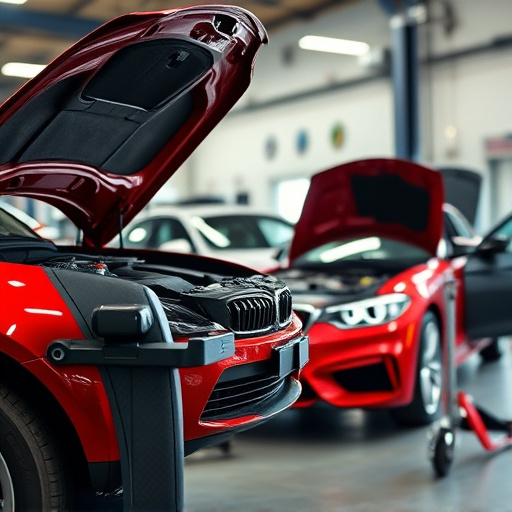
PDR (Paintless Dent Repair) techniques are specifically designed to minimize the environmental impact associated with traditional collision or vehicle body shop repairs. By using specialized tools and skilled technicians, PDR allows for the removal of dents and dings without the need for sanding, painting, or replacing large portions of the vehicle’s panel. This eco-friendly approach not only reduces waste but also saves valuable resources by minimizing the amount of new materials required.
Unlike conventional dent repair methods that can generate significant amounts of scrap material and emissions, PDR is a green solution. It preserves the original factory finish, preventing unnecessary exposure to environmental pollutants during re-painting processes. Moreover, by avoiding the use of harmful chemicals and solvents, PDR contributes to cleaner air and water, making it an attractive alternative for those concerned about the environmental footprint of collision repair services.
The Benefits of Green Repair Methods for Hail-Damaged Vehicles
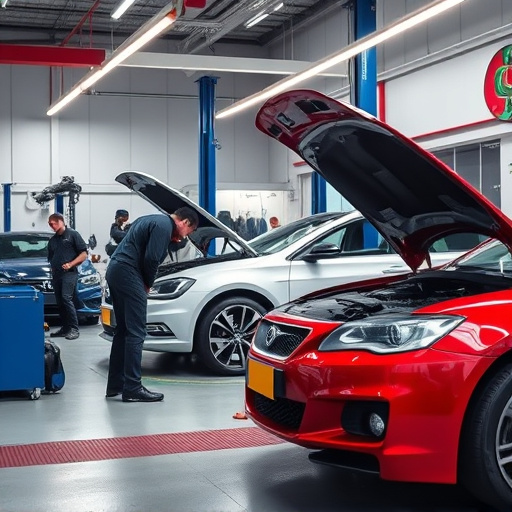
The shift towards eco-friendly solutions has also reached the automotive industry, particularly when it comes to repairing hail-damaged vehicles. Green repair methods, such as Paintless Dent Repair (PDR), offer numerous benefits for both the environment and vehicle owners. By opting for PDR techniques, auto body shops can significantly reduce their reliance on toxic chemicals and hazardous waste that are commonly associated with traditional dent removal methods. This sustainable approach minimizes the environmental impact of automotive restoration, ensuring a cleaner and safer process.
Additionally, PDR focuses on preserving the original factory finish, eliminating the need for excessive painting and auto glass replacement. This not only reduces waste but also conserves resources by avoiding the energy-intensive processes involved in manufacturing new paint and glass. As a result, vehicle owners benefit from cost savings while contributing to a greener planet. The use of PDR techniques is a game-changer in the automotive industry, offering a sustainable solution for hail damage that combines efficiency, affordability, and environmental consciousness.
By adopting eco-friendly solutions like Paintless Damage Repair (PDR) for hail damage, we can significantly reduce the environmental impact of auto repairs. PDR techniques minimize waste and resource consumption, making them a sustainable choice for vehicle owners. The benefits extend beyond sustainability; green repair methods also preserve vehicle value and ensure safer, more efficient repairs. Embracing these innovative solutions is a step towards a greener future for the automotive industry, where every minor scratch and dent can contribute to a bigger picture of ecological preservation.
